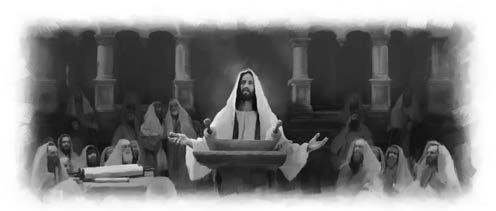Father rested for several days at the house of his daughter, Divya, in Nepal. He was exhausted from his jobs as construction worker and shaman.
Father watched with interest when the Seventh-day Adventist pastor of Divya’s church came to visit and brought several church members with him. He listened as they sang several songs about his daughter’s new God, Jesus.
Then the pastor opened a Bible and read Jesus’ invitation, “Come to Me, all you who labor and are heavy laden, and I will give you rest” (Matt. 11:28, NKJV). Father felt a yearning in his heart to know this God. He wanted rest. Then the pastor read John 3:16, “For God so loved the world that He gave His only begotten Son, that whoever believes in Him should not perish but have everlasting life.” Father’s heart was touched. He had never heard of a God who had given His only Son to save humanity. He realized that there was no need for animal sacrifices because God sent His Son as the ultimate sacrifice for all time.
After the pastor left, Father asked Divya for a Bible. He wanted to read those two verses for himself. But when he looked, he couldn’t find them. Divya also couldn’t find them, so she called the pastor. He showed how to find the verses. Father was delighted, and he began to read the Bible daily. On Sabbath, he went to church with Divya and his wife, who had been cured of her mysterious illness after Divya prayed. Father didn’t understand anything at church or in the Bible. But he took the Bible when he left Mother with Divya and returned home to a neighboring town a short time later.
At home, he resumed work as a shaman and construction worker during the day. At night, he read the Bible. As the months passed, his desire to worship spirits vanished. He decided to leave the shaman profession.
“My life is different,” he told the townspeople. “I don’t want to do these rituals.”
The townspeople were furious when they learned that Father had become a Christian. They accused him of betraying his ancestors. Father didn’t mind. He was sure that he had found the one and only God.
Today, Father and Mother are active Seventh-day Adventists. Father, whose full name is Krishna Lama, is 66 years old and a deacon.
“I used to think that my home was where my ancestors lived,” he said. “But now I feel like the church is my home. With Jesus, my future is bright.”
This mission story illustrates Mission Objective No. 2 of the Seventh-day Adventist Church’s “I Will Go” strategic plan, “To strengthen and diversify Adventist outreach . . . among unreached and under-reached people groups.” For more information, go to the website: IWillGo2020.org.

